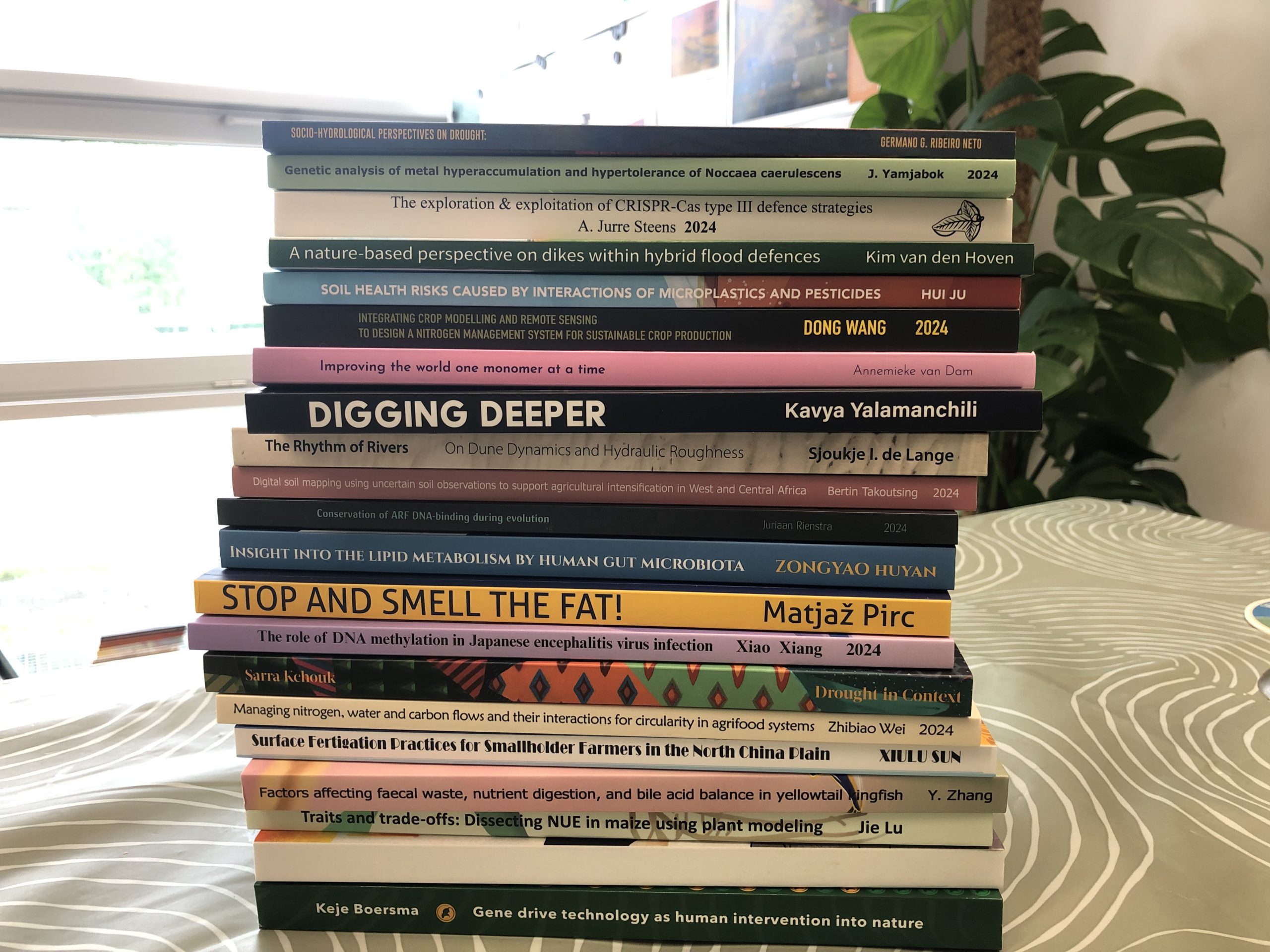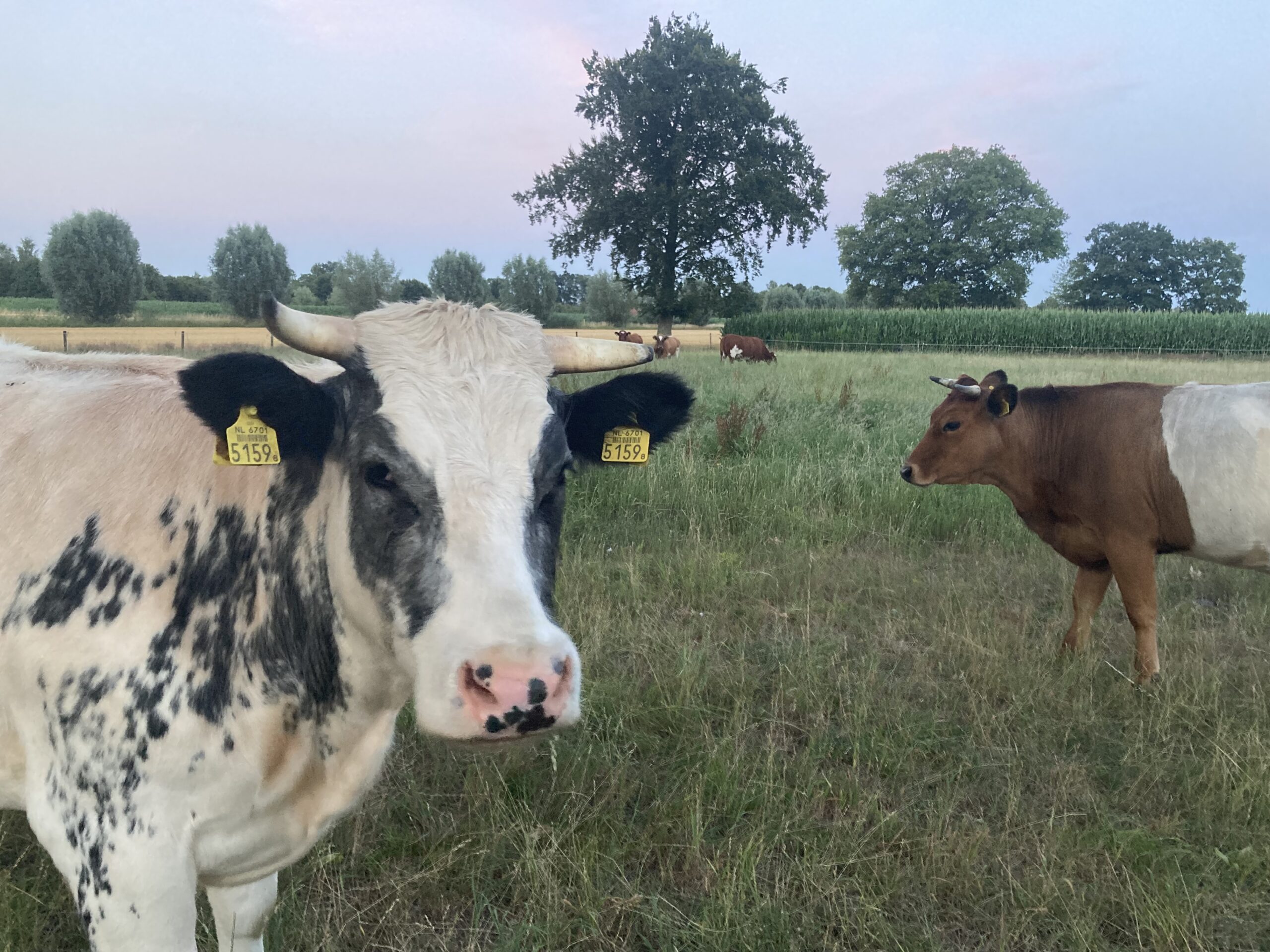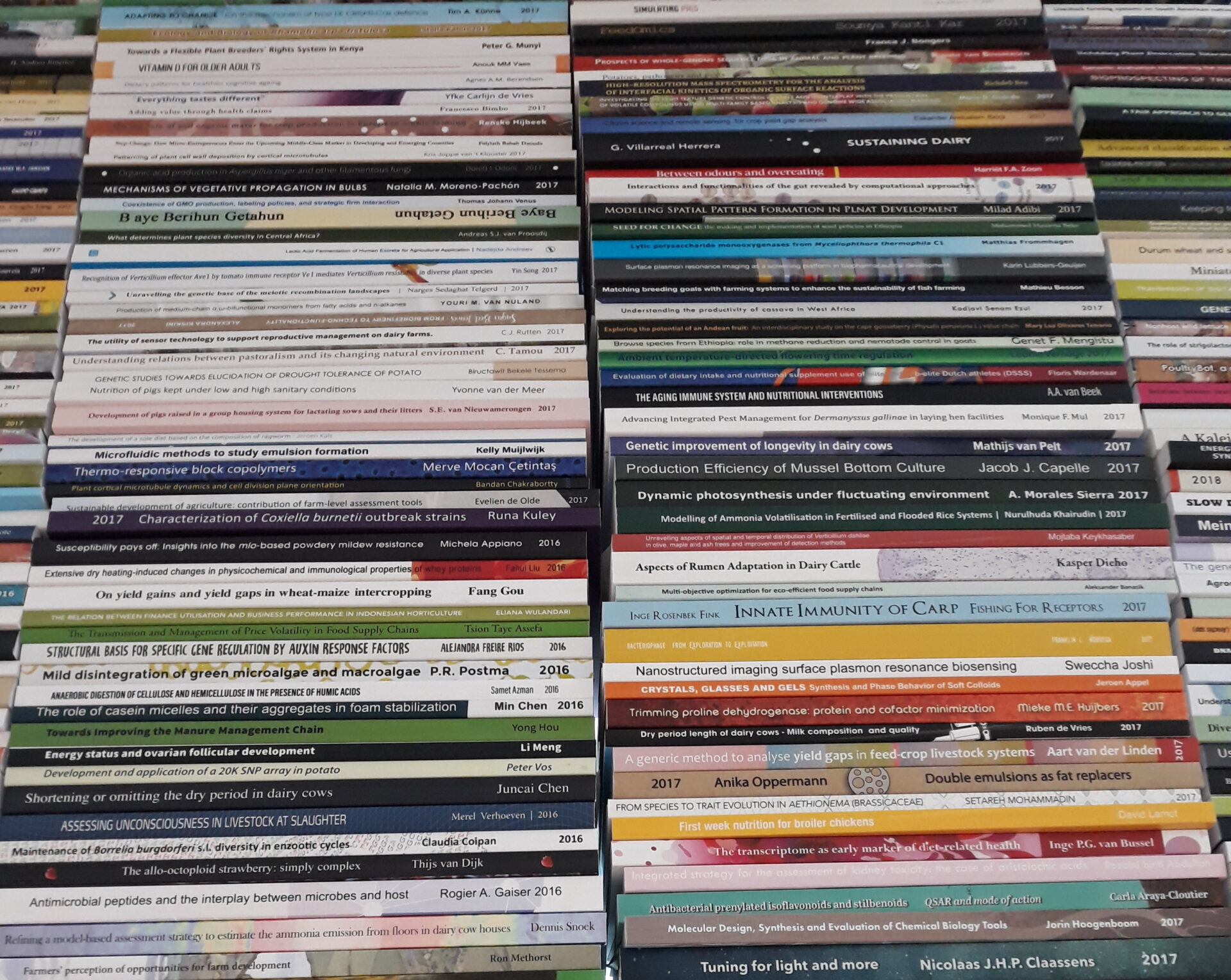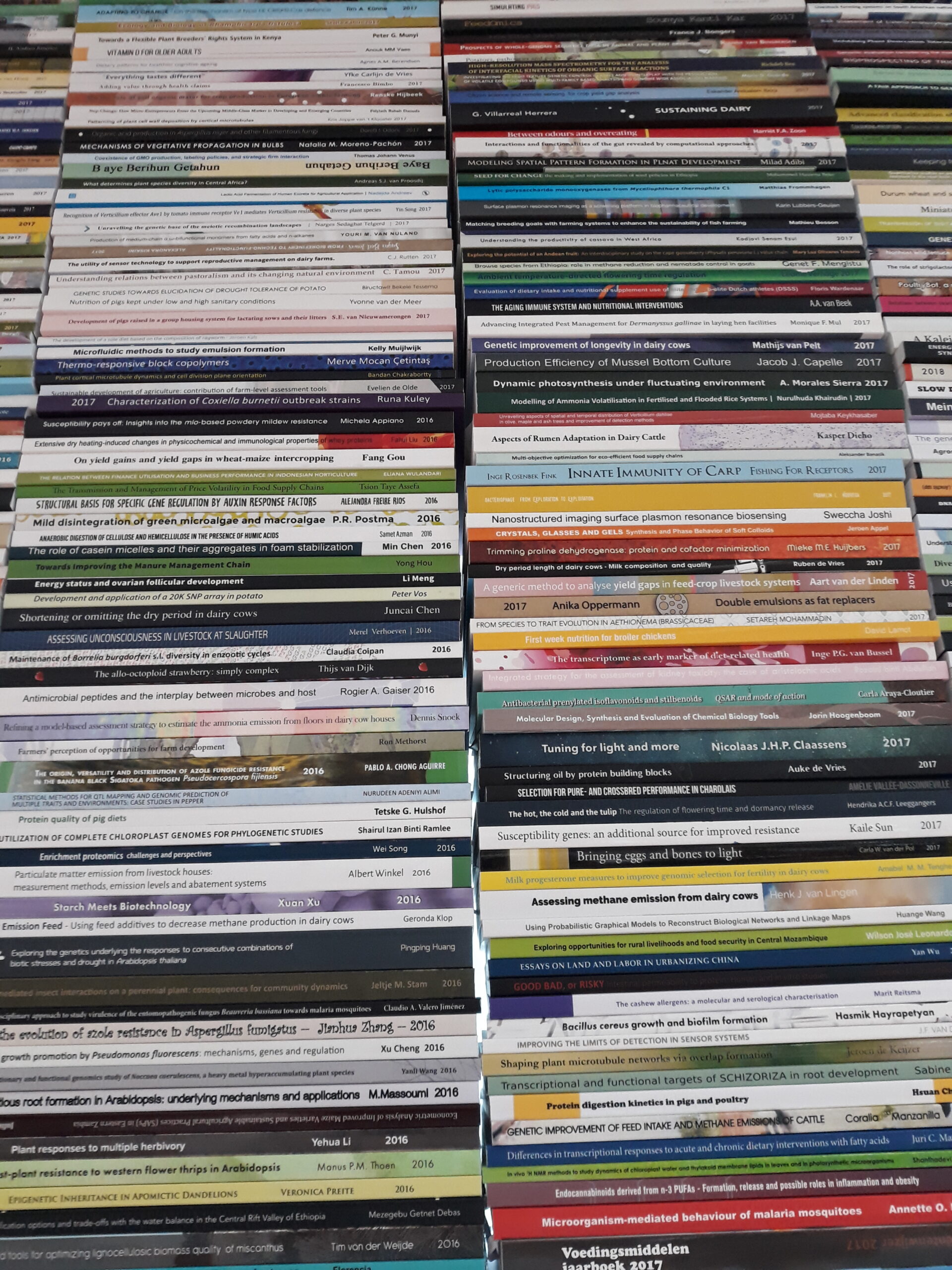More than 250 PhD students receive their PhDs at WUR every year. It is impossible to describe and summarize all these theses. In the column ‘PhD theses in a nutshell’ the selection of our science editors is briefly presented.
Imaging the stomach
The digestion of proteins in the stomach depends on various factors. Elise van Eijnatten used MRI (magnetic resonance) technology to get a picture – literally – of how it works. She then compared this with analyses of blood samples, which show how much protein is broken down into amino acids. One of the things she demonstrated was that breast milk passes through the stomach faster than infant formula. The images also show whether proteins clump together and how that affects the speed at which food passes through the stomach. Turns out it doesn’t, but ‘the bigger picture’ is complex.
The Bigger Picture.
Elise van Eijnatten. Supervisor Kees de Graaf
Circular? Less livestock!
It’s a familiar message: a circular food system means drastically reducing livestock numbers. Benjamin van Selm (from New Zealand) has developed a model for calculating the effects of circular measures on land use and greenhouse gas emissions. Circular primarily means no longer sourcing livestock feed from faraway countries. On that basis, only a small national herd is viable. The model shows that this would almost be enough to achieve the 2030 emission targets.
Exploring future scenarios for more circular food systems.
Benjamin van Selm. Supervisors Imke de Boer and Martin van Ittersum
Designing proteins
The days when only nature ‘thought up’ proteins are long gone. Humans are increasingly capable of designing the proteins they want. Robbert de Haas shows what is possible in this field and which techniques are ‘state of the art’. Like deep learning: getting a computer to use known proteins to make predictions about how new proteins will behave. For example, De Haas shows how you can make protein packaging on a nano scale for getting vaccines to their destination.
Exploring protein landscapes.
Robbert de Haas. Supervisor Renko de Vries

 A pile of PhD dissertations. Photo Resource
A pile of PhD dissertations. Photo Resource 

